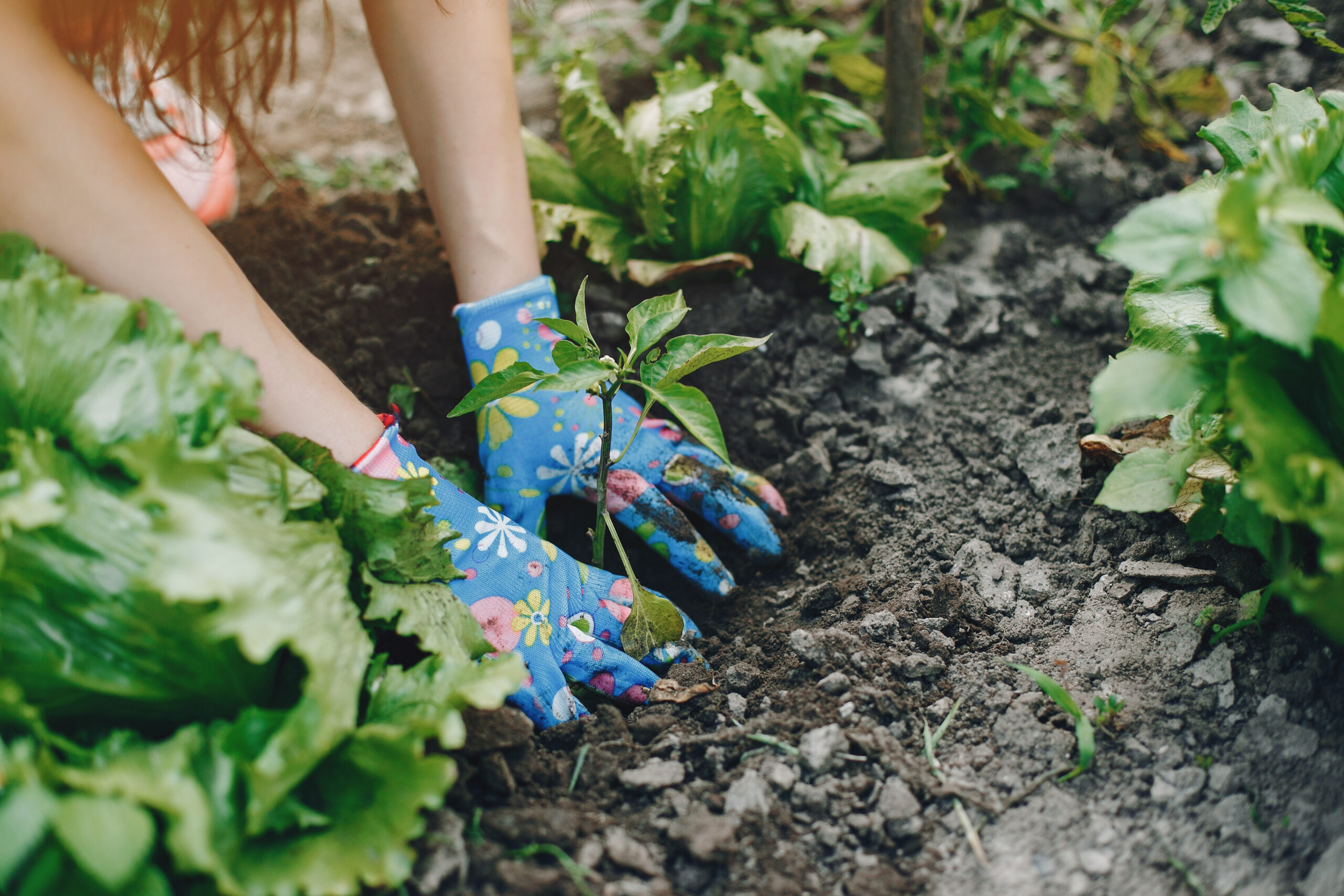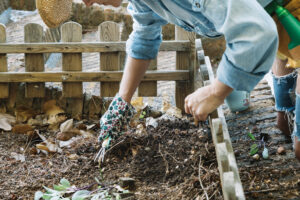Native Plantings and the Whippany River Watershed

If you love nature and want to make a positive impact on the environment, you might be interested in learning more about the benefits of using native plants, native groundcovers and sustainable living mulch in your garden. These are some of the best ways to create a beautiful and healthy landscape that supports the local ecosystem and reduces your ecological footprint.
Native plants are those that have evolved in a specific region and have adapted to its climate, soil and wildlife. They are more resilient to pests and diseases, require less water and fertilizer, and provide food and shelter for native animals and pollinators. Native groundcovers are low-growing plants that cover the soil and prevent erosion, weed growth and water loss. They also add texture and color to your garden and can attract beneficial insects. Sustainable living mulch is a layer of organic material that covers the soil surface and decomposes over time, enriching the soil with nutrients and improving its structure. It can be made from leaves, grass clippings, straw or wood chips.

One of the regions where using native plants, native groundcovers and sustainable living mulch can make a big difference is New Jersey. The state has a diverse and rich natural heritage, but it also faces many environmental challenges such as urbanization, pollution, climate change and invasive species. Invasive species are plants or animals that are not native to an area and cause harm to the native ecosystem. They can outcompete or prey on native species, alter the habitat, spread diseases or disrupt natural processes.
The Whippany River Watershed Action Committee (WRWAC) is a nonprofit organization that is dedicated to providing education and outreach on the planting of native species and the elimination of invasive species as a way to preserve, protect and maintain the Whippany River Watershed. The watershed is an area of land that drains into the Whippany River, which flows through Morris County and provides drinking water for over one million people. The watershed is home to many rare and endangered plants and animals, such as the bog turtle, the wood turtle, the swamp pink and the American chestnut. The WRWAC works with local communities, schools, businesses and government agencies to promote best practices for landscaping, stormwater management, wildlife habitat restoration and conservation.
By using native plants, native groundcovers and sustainable living mulch in your garden, you will not only enhance your own well-being and enjoyment, but also contribute to the health and vitality of the watershed and the planet. You will be part of a growing movement of people who care about nature and want to make a difference. Thank you for reading this blog post and happy gardening!